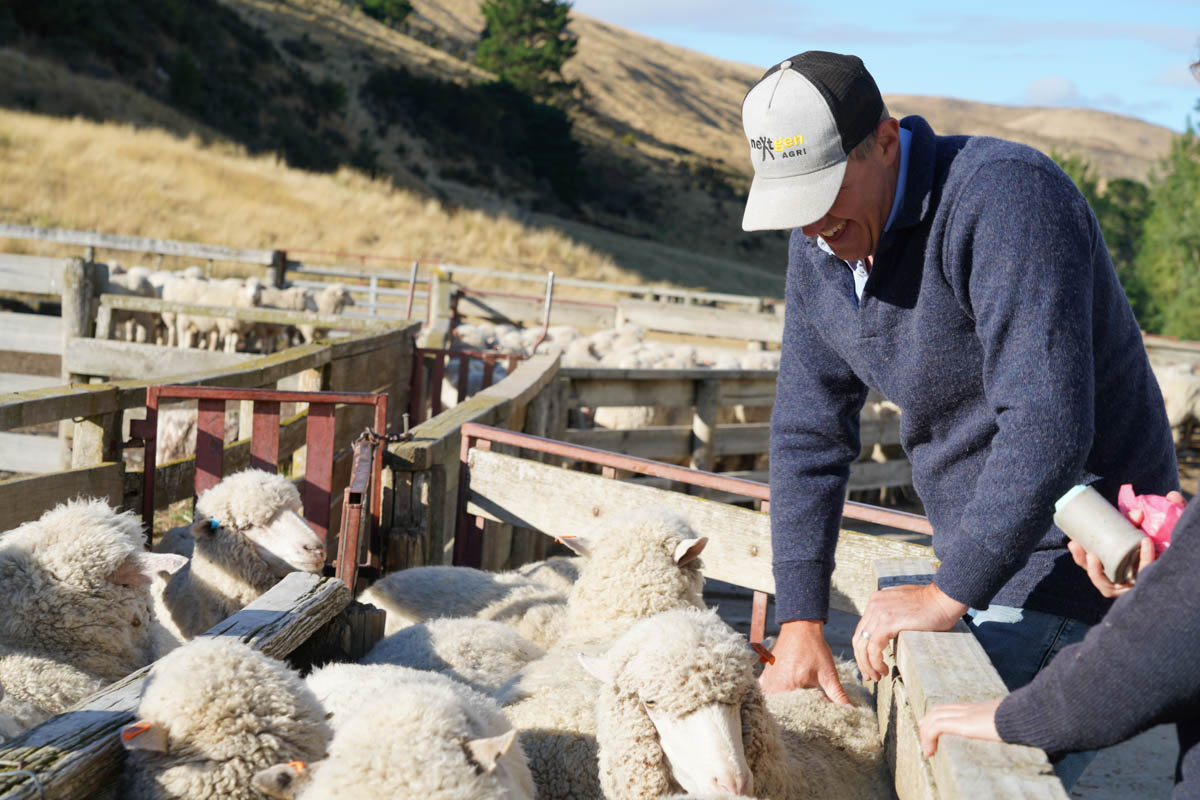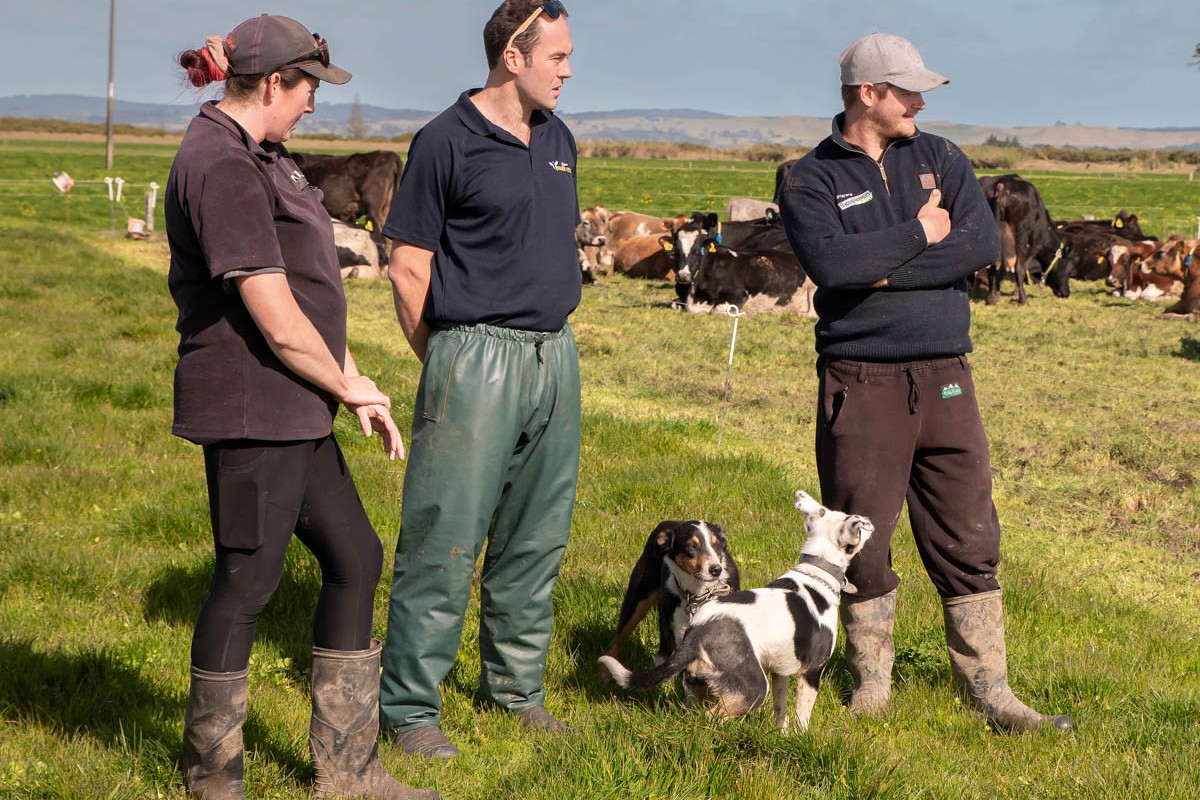BY: REBECCA SMITH
Globally we are going through challenging times and with the barrage coming at us from multiple fronts we need to hunker down, look within and come at the daily challenges from a place of strength to get through this.
The most important part of facing uncertainty is understanding what parts of the system are within our sphere of control or influence and focusing our efforts in these directions. We need to look at ways in which we can create improved efficiencies onfarm to ensure better productivity off the same, or less resources.
An example of improved efficiency in sheep farming is using Body Condition Scoring of ewes to identify opportunities for better feed management, especially over the summer dry period. Split-mob management of ewes post-weaning based on body condition score allows light ewes (BCS score less than 3) to be preferentially fed to gain body condition prior to mating, and ewes BCS 3 and above to be held at maintenance feed levels over the summer period.
Splitting the ewe mob is a much more efficient use of summer feed; if you run ewes in one mob, the fat ewes just get fatter (which does not correlate to the equivalent increase in productivity that we see when light ewes increase condition to a BCS 3), and the light ewes will struggle to compete and may even get lighter.
Why body condition score and not measure liveweight?
Liveweight is a function of ewe frame size and body condition, imagine two 60kg ewes, one might be short and BCS 3, the other might be a taller, rangy ewe who is only a BCS 2. If drafting on liveweight alone they would both be in the same mob; however, to improve efficiency on farm these ewes should be managed separately.
Body condition score is an objective measure of tissue cover over a set point on the animal which is unaffected by breed, liveweight, frame, gutfill and stage of pregnancy.
Here is rough and ready guide to body condition scoring:
You are using your dominant hand to assess the amount of meat and fat on and around the backbone in the loin area immediately behind the last rib.
- Your hands should be working hard with your index finger running parallel to the last rib, your thumb rolling over the top of the spine and your fingertips pressing into the ends of the short ribs.
- If you can get your fingertips in between the short ribs at all, then she will not be a condition score 3 (she will be less than a 3).
- To be classed as a score 4 (or greater) your thumb must not drop downwards off the top of the spine.
- This gives you a clear line in the sand for a BCS 3 ewe (no divet between the short ribs, but a slight drop off the top of the spine) so now you can rule out those who achieve this and above and draft out the rest.
Body Condition is scored on a 1-5 scale, with the aim being to have every ewe at BCS 3, every day of the year. The particulars over whether a ewe is a 2.2 or a 2.5 is not important, the importance is recognizing whether or not she is below or above a BCS 3 – so don’t sweat the small stuff, is she good enough? Or does she need a few pies?!

As a practical management tool you can use this system without recording to draft lights out; up the race hands go on ALL the ewes and those below BCS 3 are marked, drafted and managed as a separate mob with preferential feeding. This can be done at multiple times throughout the year.
However, if you are interested in more, there are programmes available like StockCare, which use recorded body condition scoring of ewes at key times in the year as a measure to track performance, identify opportunities and plan ahead for the upcoming season to increase productivity on farm.
Importance of BCS 3 by mating
The importance of body condition score pre-mating cannot be underestimated, your biggest scanning percentage lift will come from reducing the number of ewes below condition score 3 at mating and then feeding all the ewes on a gentle rising plane of nutrition throughout mating.
Why is this so?
Studies have shown that improving ewe BCS at pre-mating has a positive effect on multiple factors which impact the scanning percentage of the flock including the individual ewe’s ovulation rate, conception rate and embryo survival. The biggest impacts are seen lifting the lighter ewes(below BCS 3) to a BCS 3, compared with lifting the condition of already BCS 3 ewes.
As mentioned above it is important that to allow this benefit to be expressed we need all ewes to be on a positive weight gain during mating, so it is crucial we have conserved some feed for this, this is why strategic feeding pre-mating to ewes in which we will see the best response will ensure improved efficiency on farm. Just remember, no matter how tough the external farming, political and human health environment gets, Keep Calm and Carry on Condition Scoring.




